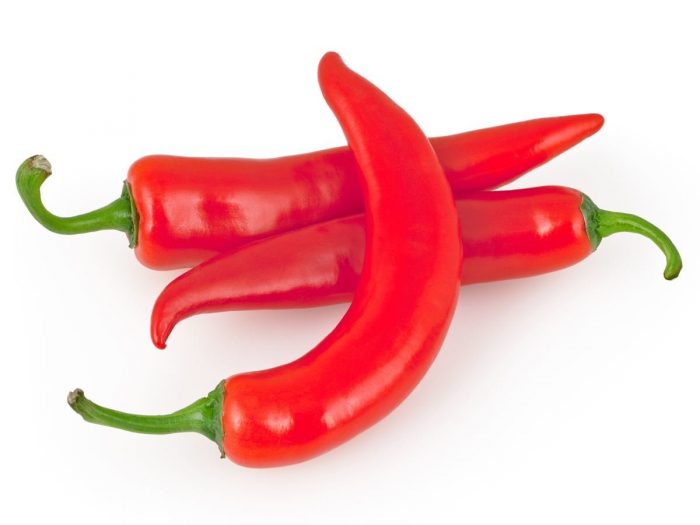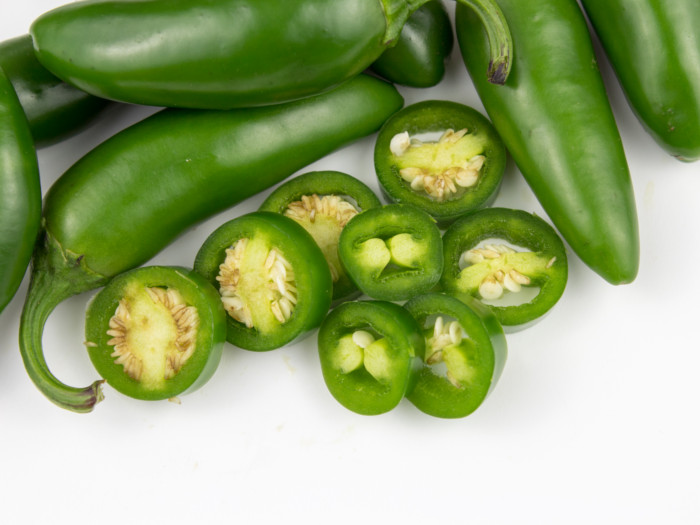You may start looking for cayenne pepper substitutes in the kitchen when you want to cut down on the heat of your meal, or if you are simply out of this popular spice.
Cayenne pepper is a hot, bright red pepper that is commonly used in its fresh or dried, ground form. Cayenne is hotter than jalapeño, but not as hot as a habanero. It contributes lots of heat to dishes, but not much in terms of flavor when used in cooking. People also love it for its health benefits, such as pain relief, appetite suppression, and decongestant properties. Capsaicin, the chemical that makes peppers spicy, also releases endorphins in the brain, which can make you feel happy and reduce stress levels, even if it makes your tongue burn! [1]
Cayenne Pepper Substitutes
There are some excellent cayenne pepper substitutes such as red pepper or red chili flakes, chili powder, paprika, fresh Thai chilies, fresh jalapeno, chili sauce, and chili oil that can spice up your cooking when you don’t have any of this spice on hand. As mentioned, some of these replacements add more or less heat than cayenne pepper, so be careful to add these ingredients cautiously to not overpower your entire meal.

Red Pepper or Red Chili Flakes
These have similar heat and flavor to cayenne, and some blends may even contain cayenne. Use crushed red pepper or chili flakes as a direct substitute for dried cayenne. [2]
Chili Powder
This is often a blend of spices, or it can refer to a single type of dried chili pepper. It is likely darker in color with a sweeter aroma. It is not as hot as cayenne, so you may want to increase the amount that is called for in the recipe.
Paprika
If you want flavor and color, but not heat, turn to paprika. It is made from dried mild chilies and is perfect for seasoning meats and mild curries.
Fresh Thai Chilies
These small, very spicy chili peppers look and taste very similar to cayenne. A little goes a long way, however, and even one or two will contribute fantastic fresh heat to any dish. [3]

Jalapeño peppers are medium-sized peppers with a mild to moderate amount of heat. Photo Credit: Shutterstock
Fresh Jalapeño or Serrano Peppers
You could call these cayenne’s green cousins. They are similar in size and slightly less hot, but they still pack a punch. Use the whole pepper for lots of heat, or remove the ribs and seeds to take the edge off, while keeping the pepper’s flavor.
Chili Sauce or Hot Sauce
Blends of spicy peppers, vinegar, garlic, and sometimes tomato and sugar will add their own unique flavor to your meal. Each brand is different and can overpower other flavors, so add just a few drops to a completed dish.
Chili Oil
Chili oil is vegetable oil that has been infused with hot chilies. It’s great when drizzled on noodles or vegetable dishes, or you can add a few drops to stir-fry oil. [4]
